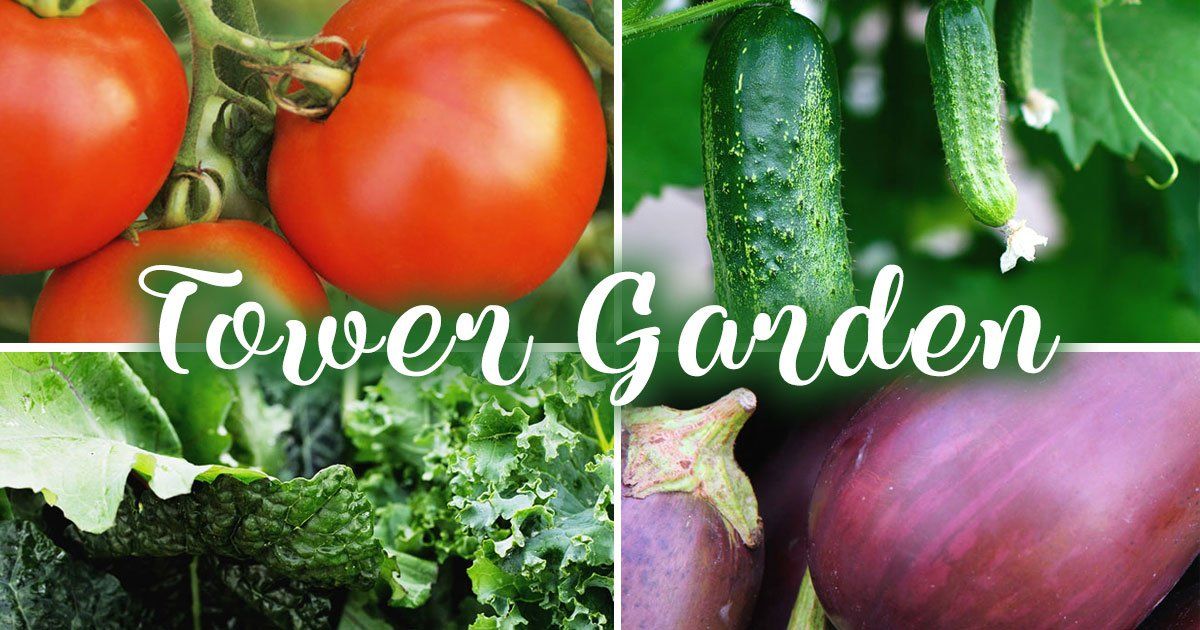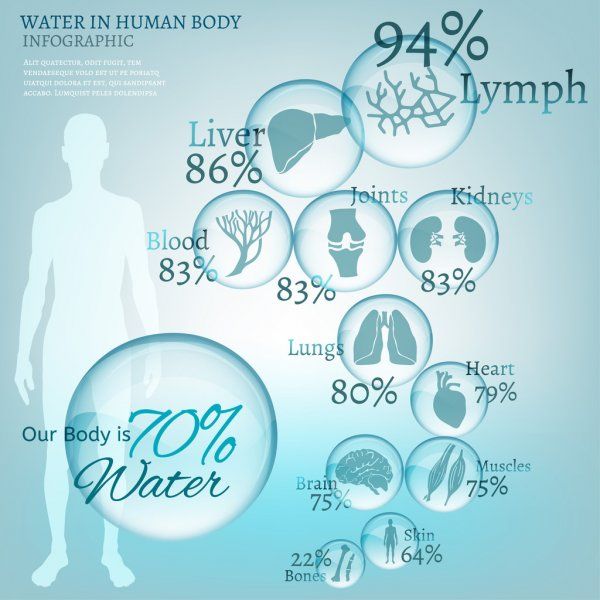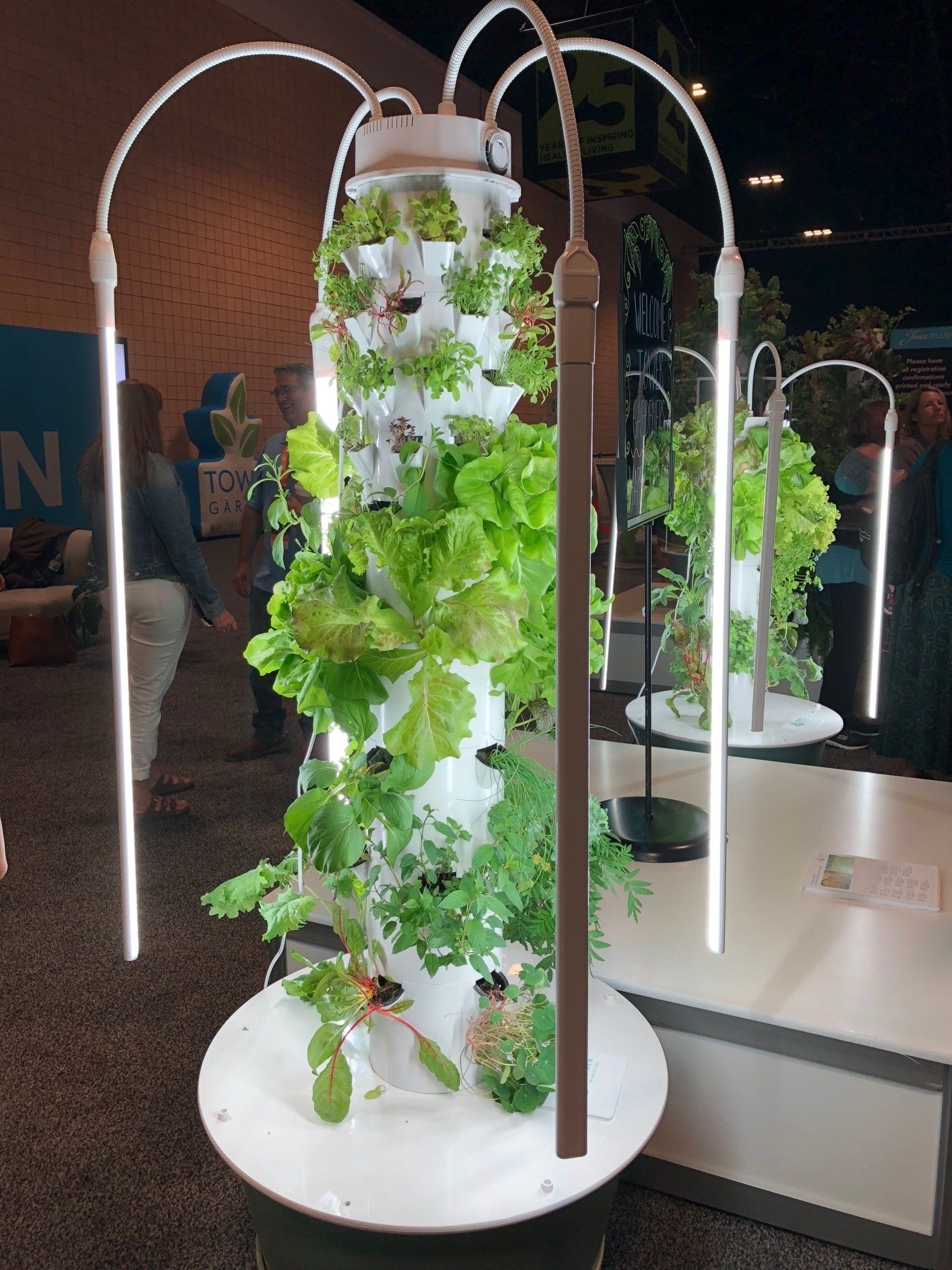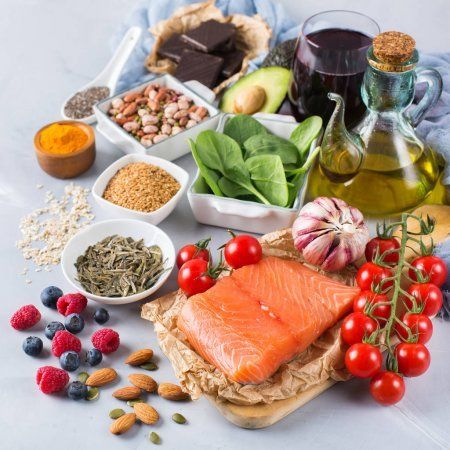Our Blog
Kid-Friendly Immunity Boosting Snacks
Finding foods kids actually like and enjoy eating in general can be a daunting task, but add to that the criteria of making that same food healthy, and the task can seem downright impossible.
It’s becoming increasingly clear, however, that what we eat has a huge impact on our ability to fight off sickness. With that case made clear, particularly in the current pandemic, it’s not only critical for you to eat well - for the sake of your own health and modeling good habits for your family - but to provide healthy foods to the ones you love most - your kids! With extra importance placed on building immunity and the role our immunity plays in fending off viruses, it’s more important than ever to be knowledgeable about what foods will keep you and your kids protected - from the inside out.
Here are five healthy, immune-boosting foods that are kid-friendly:
Citrus Fruits
Vitamin C is a key ingredient that many people will turn to after they’ve caught a cold, and with good reason! Vitamin C helps to increase the production of white blood cells, which are our body’s mechanism to fight off disease.
Don’t wait until after your child has caught a cold to give them vitamin C, though. Make sure to incorporate vitamin-rich citrus fruits into their diet beforehand. As the body does not store vitamin C, in order to stay healthy and reap its benefits, you have to incorporate it in your daily regimen.
Citrus fruits your kids will love:
- Oranges
- Clementine's
- Tangerines
- Grapefruit
Lemon and lime are also high in vitamin C. Even though they’re not typically eaten by themselves, they can still be added to other foods and drinks.
Yogurt
Yogurt is a delicious snack that most kids already love eating, so incorporating it into their diet should not be hard. What makes yogurt so good for your immune system is its probiotics, which reside in your gut to help keep sickness at bay. Studies have shown that including yogurt into your eating plan reduces the chances of colds, strep throat, and other infections.
The best type of yogurt is that whose ingredients include live cultures, which have additional benefits in fighting off diseases. Try to get brands that contain minimal sugar, and sweeten it yourself with fruits, honey, or sugar-free jams made with fruit juices.
Lean Meats
Meat isn’t usually the first thing you think of when considering foods that can help prevent sickness, but lean meats such as chicken, turkey, and pork have many health benefits. Lean meats contain protein, zinc, and vitamin B-6. Protein keeps our bones, muscles, blood, and skin healthy and strong. Zinc is a mineral that aids white blood cells in fighting off infection. Vitamin B-6 aids in the production of new, healthy red blood cells.
Meats can be eaten by themselves or incorporated into different dishes. Try making broth by boiling chicken bones or chicken noodle soup with alphabet or other fun noodles - a meal or snack most kids love.
Almonds & Walnuts
Nuts are an easy and quick snack for kids when you don’t have time to prepare anything, but they also reap multiple health benefits. Walnuts contain omega-3 fatty acids which have been found to fight against respiratory infections and other illnesses. Walnuts can be eaten on their own or thrown into a cereal. Due to their vitamin E content, almonds, much like vitamin C, are another nut that can aid in boosting immunity.
Vegetables
Everyone knows that vegetables in general are important for a healthy diet, but a few of them are especially beneficial to the immune system. Some excellent immune-boosting vegetables are:
- Red bell peppers
- Broccoli
- Spinach
- Sweet potato
All these vegetables are great sources of vitamin C. Broccoli also contains vitamins A and E, along with fiber and antioxidants. If possible, try steaming your vegetables in order to gain as many nutrients from them as possible. Spinach is another vegetable that is best when kept as raw as possible. This helps it retain its vitamin C, antioxidants, and beta carotene, which is another immune-boosting agent.






Subscribe to My Newsletter
Sign up to our newsletter
Thank you for contacting us.
We will get back to you as soon as possible.
Oops, there was an error sending your message.
Please try again later.
| All Rights Reserved | Whole Food Nutrition on the Go | Website Design by Local Business First




